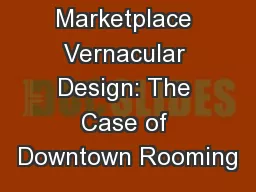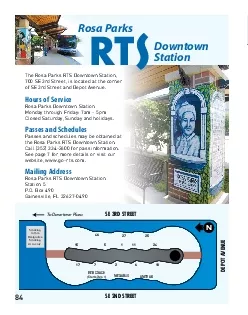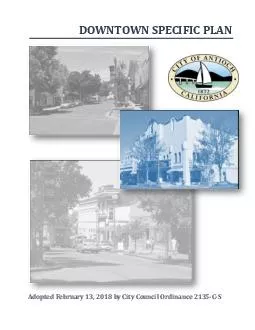PPT-Marketplace Vernacular Design: The Case of Downtown Rooming
Author : briana-ranney | Published Date : 2017-01-27
Paul E Groth Familiar Question Qui est Paul Groth Paul Groth and Chris Wilson eds Everyday America J B Jackson and Recent Cultural Landscape Studies Berkeley
Presentation Embed Code
Download Presentation
Download Presentation The PPT/PDF document "Marketplace Vernacular Design: The Case ..." is the property of its rightful owner. Permission is granted to download and print the materials on this website for personal, non-commercial use only, and to display it on your personal computer provided you do not modify the materials and that you retain all copyright notices contained in the materials. By downloading content from our website, you accept the terms of this agreement.
Marketplace Vernacular Design: The Case of Downtown Rooming: Transcript
Download Rules Of Document
"Marketplace Vernacular Design: The Case of Downtown Rooming"The content belongs to its owner. You may download and print it for personal use, without modification, and keep all copyright notices. By downloading, you agree to these terms.
Related Documents














